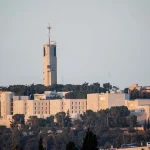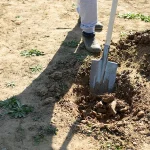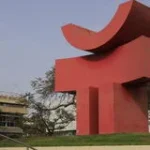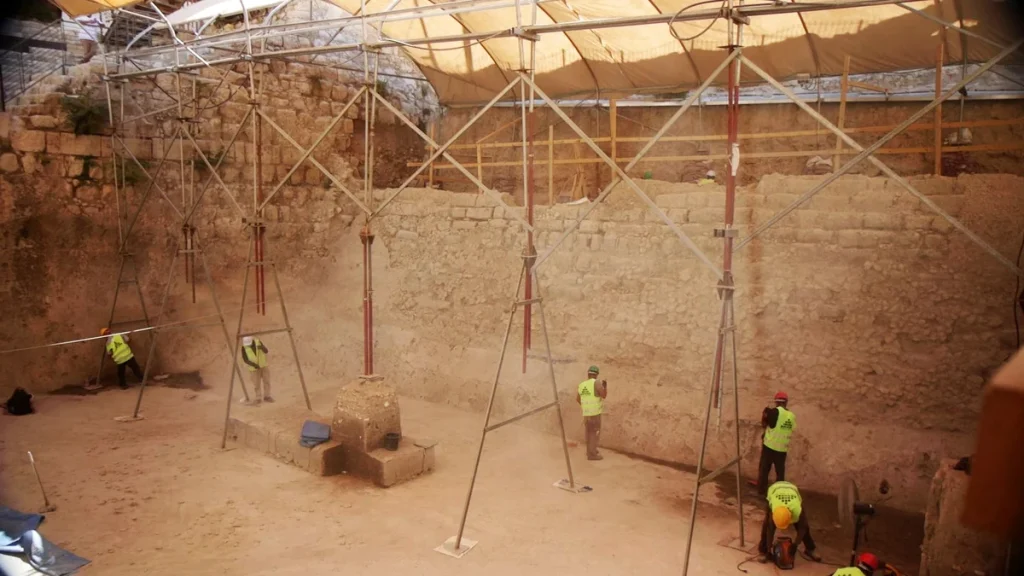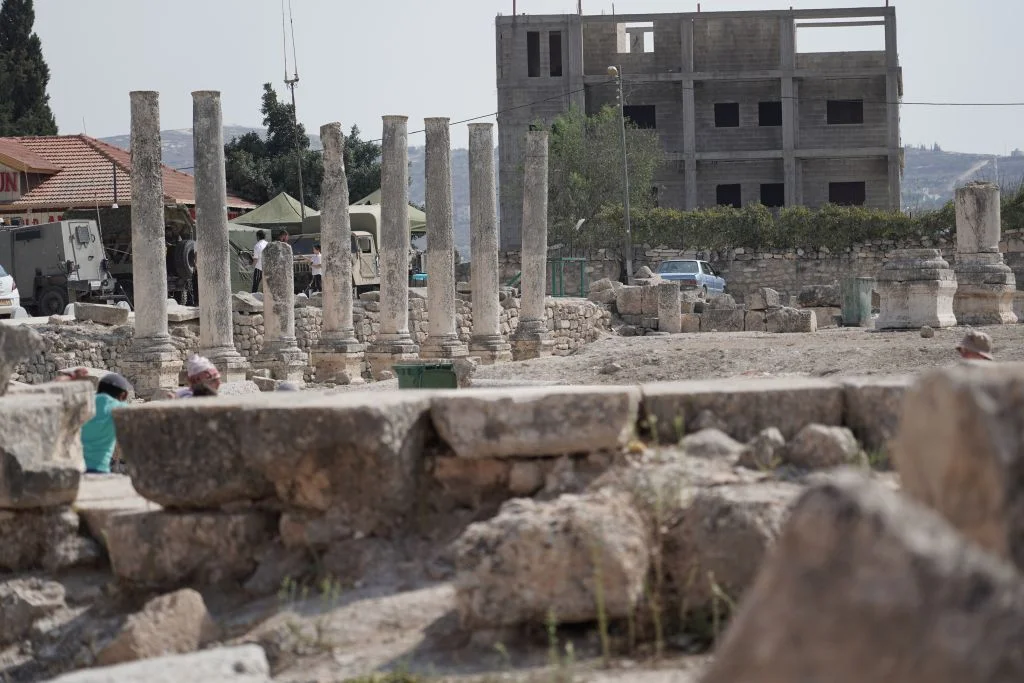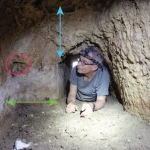Jerusalem, 26 August, 2025 (TPS-IL) — Archaeologists have uncovered the largest ancient dam ever found in Israel, located in the Siloam Pool within the city of david National Park. A new joint study by the israel antiquities Authority and the Weizmann Institute of Science has dated the massive structure to the reigns of Judah’s Kings Joash or Amaziah, around 805–795 BCE.
“This massive royal project shaped the city’s growth, particularly in its southern and western areas, including Mount Zion, which depended on the waters of the Siloam Pool,” noted Dr. Szanton that the discovery sheds light on how ancient Jerusalemites adapted to environmental challenges.
Researchers believe the dam’s construction was an innovative response to a severe climate crisis some 2,800 years ago. The findings, published in the scientific journal PNAS, will be presented at the upcoming “City of David Studies” conference in early September.
“This is the largest dam ever discovered in Israel and the earliest found in Jerusalem,” said excavation directors Dr. Nahshon Szanton, Itamar Berko, and Dr. Filip Vukosavović. “Its dimensions are remarkable—12 meters high, over 8 meters wide, and 21 meters long, with parts still extending beyond the excavation site. It was designed to collect water from the Gihon Spring and to channel floodwaters from the Tyropoeon Valley to the Kidron Stream, providing a dual solution for both drought and flash floods.”
Advanced radiocarbon dating carried out by Dr. Johanna Regev and Prof. Elisabetta Boaretto of the Weizmann Institute pinpointed the dam’s construction to the late 9th century BCE with unprecedented accuracy. Short-lived organic material embedded in the mortar allowed for dating within just a decade—a rare level of precision for ancient structures. By comparing these results with climate data from Dead Sea cores, Soreq Cave, and solar activity records, researchers concluded that the dam was built in response to a period marked by scarce rainfall punctuated by destructive storms.
The newly discovered structure joins two other major waterworks from the same era: a tower protecting the Gihon Spring and a channel system that funneled its waters into the Siloam Pool. Together, they reveal a sophisticated urban water management system in Jerusalem centuries before the Babylonian exile.
Eli Escusido, Director of the Israel Antiquities Authority, called the find “one of the most impressive and significant First Temple-period remains in Jerusalem,” praising its preservation and the new opportunities it opens for research.
Heritage Minister Rabbi Amichai Eliyahu added: “The exposure of the largest dam ever found in Israel, in the heart of ancient Jerusalem, is tangible evidence of the strength of the Kingdom of Judah and the ingenuity of its kings in facing environmental challenges. Nearly 3,000 years ago, Jerusalem’s residents were already applying advanced engineering solutions to a climate crisis. This fusion of exact sciences with archaeology provides new, indisputable insight into our nation’s history.”






